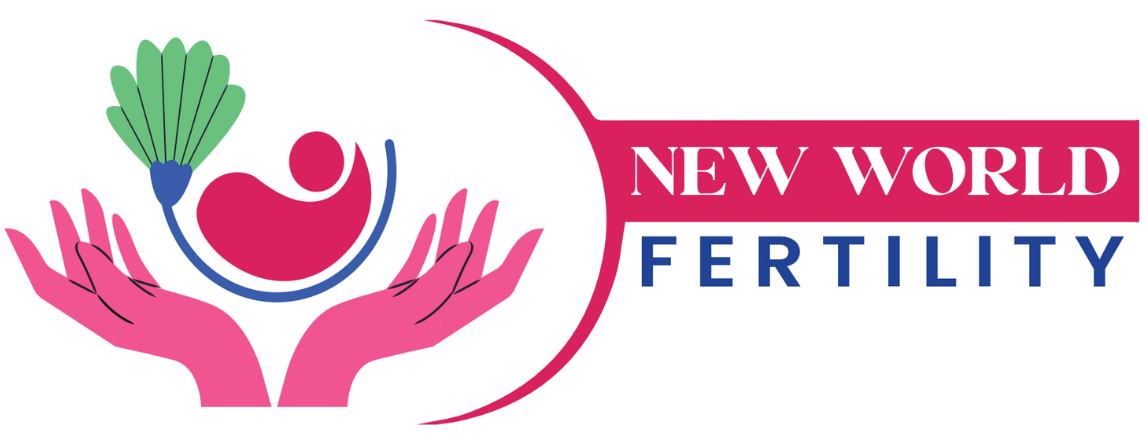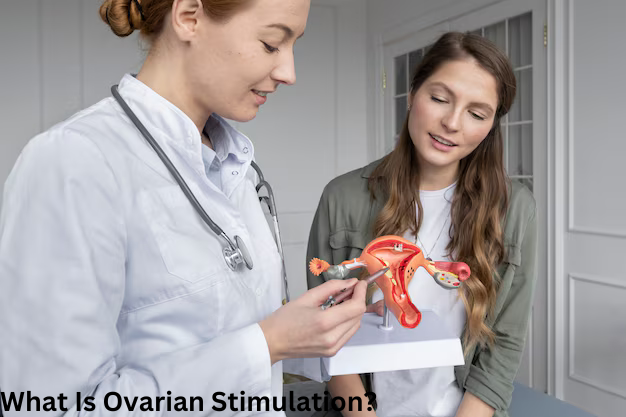What Is Ovarian Stimulation?
Ovarian stimulation is a fundamental aspect of assisted reproductive technologies (ART), such as in vitro fertilization (IVF). At New World Fertility Centre in Delhi, we understand that navigating fertility treatments can be challenging, and ovarian stimulation is a crucial step in many fertility journeys. Let's break down what ovarian stimulation is, why it's important, and how it works.
What Is Ovarian Stimulation?
Ovarian stimulation is a process used to induce the ovaries to produce multiple eggs during a single menstrual cycle. Normally, a woman’s ovaries release one egg per cycle. However, for procedures like IVF, having multiple eggs can increase the chances of successful fertilization and implantation.
Why Is Ovarian Stimulation Important?
1. Increased Egg Production: By stimulating the ovaries, we aim to produce more eggs than what would be naturally released. This increases the likelihood of finding healthy eggs for fertilization and can enhance the chances of a successful pregnancy.
2. Enhanced IVF Success Rates: More eggs mean more opportunities for fertilization and embryo development. This can lead to higher success rates for IVF treatments, giving patients a better chance of achieving pregnancy.
3. Optimized Embryo Selection: With multiple eggs available, doctors can select the best-quality embryos for implantation, which can improve the overall success rate of the IVF process.
How Does Ovarian Stimulation Work?
The process of ovarian stimulation involves several key steps:
1. Initial Assessment: Before starting ovarian stimulation, a thorough evaluation, including blood tests and an ultrasound, is performed to assess the ovaries and overall reproductive health.
2. Medication Administration: Patients are prescribed hormone medications, typically including Follicle-Stimulating Hormone (FSH) and Luteinizing Hormone (LH), to stimulate the ovaries. These medications are usually administered through daily injections.
3. Monitoring: Throughout the stimulation process, regular monitoring through blood tests and ultrasounds is crucial. This helps track the development of ovarian follicles (which contain the eggs) and ensures that the response to medication is optimal.
4. Triggering Ovulation: Once the follicles reach the appropriate size, a "trigger shot" of human chorionic gonadotropin (hCG) is given to induce ovulation. This final step ensures that the eggs are mature and ready for retrieval.
5. Egg Retrieval: Approximately 34-36 hours after the trigger shot, an egg retrieval procedure is performed to collect the eggs from the ovaries. This is typically done under sedation and guided by ultrasound.
Potential Side Effects
Ovarian stimulation is generally well-tolerated, but some patients may experience mild side effects, such as bloating, tenderness, or mood swings. Rarely, more serious conditions like ovarian hyperstimulation syndrome (OHSS) may occur. At New World Fertility Centre, our experienced team closely monitors patients to manage any potential side effects effectively.
Conclusion
Ovarian stimulation is a key component of many fertility treatments, including IVF. By understanding the process and its importance, you can better prepare for your fertility journey. At New World Fertility Centre in Delhi, we are dedicated to providing personalized care and support throughout the ovarian stimulation process to help you achieve your dream of parenthood.
If you have any questions or need more information about ovarian stimulation or any other aspect of fertility treatment, please contact us. Our team of experts is here to guide you every step of the way.
FAQ
1. What is the purpose of ovarian stimulation in fertility treatments?
Ovarian stimulation aims to encourage the ovaries to produce multiple eggs during a single menstrual cycle. This is crucial for procedures like IVF, as having multiple eggs increases the chances of successful fertilization and implantation.
2. How is ovarian stimulation performed?
Ovarian stimulation involves administering hormone medications, typically through daily injections, to stimulate the ovaries. Regular monitoring via blood tests and ultrasounds tracks follicle development. Once follicles are mature, a trigger shot induces ovulation, and eggs are then retrieved.
3. What types of medications are used for ovarian stimulation?
Common medications used include Follicle-Stimulating Hormone (FSH) and Luteinizing Hormone (LH). These hormones help stimulate the ovaries to produce multiple eggs. In some cases, medications like GnRH agonists or antagonists may also be used to regulate hormone levels.
4. How long does ovarian stimulation take?
The stimulation process typically lasts about 10-14 days. This timeframe can vary depending on individual response to the medication and the specific treatment protocol used.
5. Are there any side effects associated with ovarian stimulation?
Most patients experience only mild side effects, such as bloating, tenderness, or mood swings. Rarely, more serious conditions like ovarian hyperstimulation syndrome (OHSS) can occur. Your healthcare provider will monitor you closely to manage any side effects effectively.
6. How is ovarian stimulation monitored?
Monitoring involves regular ultrasounds and blood tests to assess follicle development and hormone levels. This helps ensure that the stimulation is proceeding as planned and allows for timely adjustments to the treatment if needed.
7. What happens after ovarian stimulation?
Once the follicles reach the desired size, a trigger shot is administered to induce ovulation. Approximately 34-36 hours later, an egg retrieval procedure is performed to collect the eggs from the ovaries. The retrieved eggs are then used for fertilization in the IVF process.
8. Can ovarian stimulation be used for all patients?
Ovarian stimulation is suitable for many patients undergoing fertility treatments. However, it may not be recommended for individuals with certain medical conditions or those who do not respond well to stimulation medications. Your fertility specialist will determine the best approach based on your specific situation.

 Jul-31-2024
Jul-31-2024